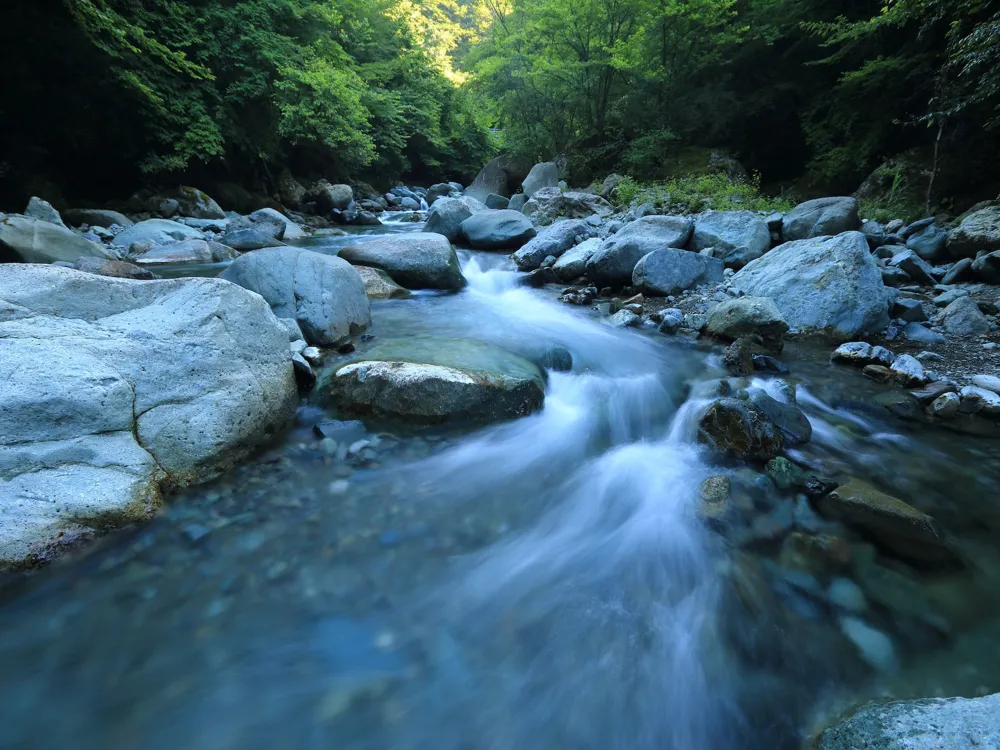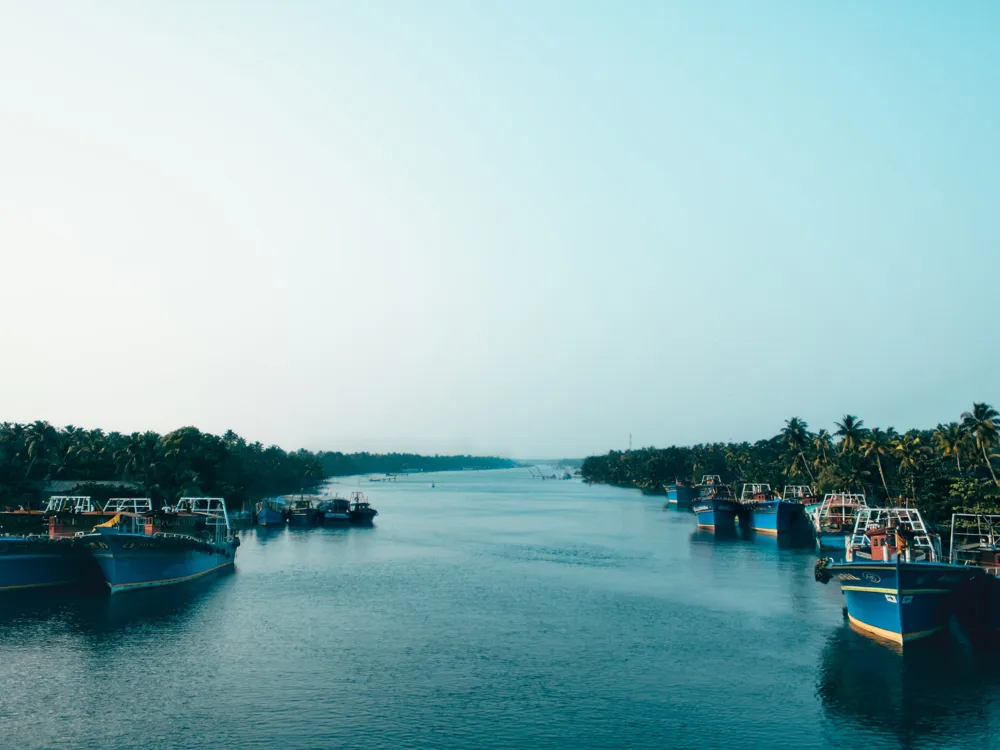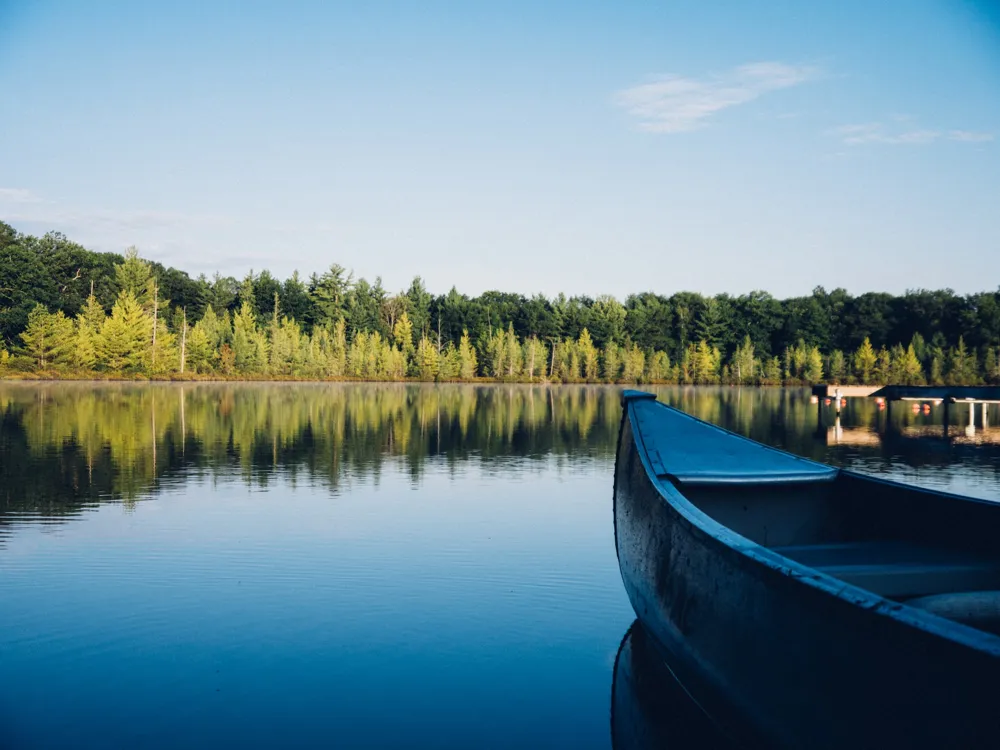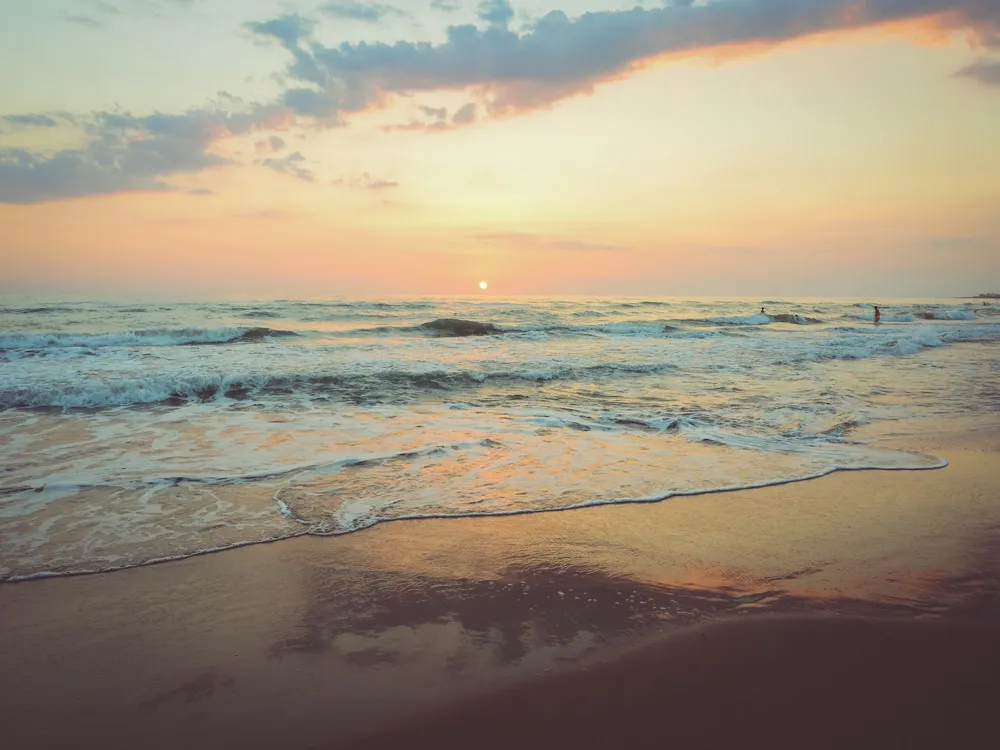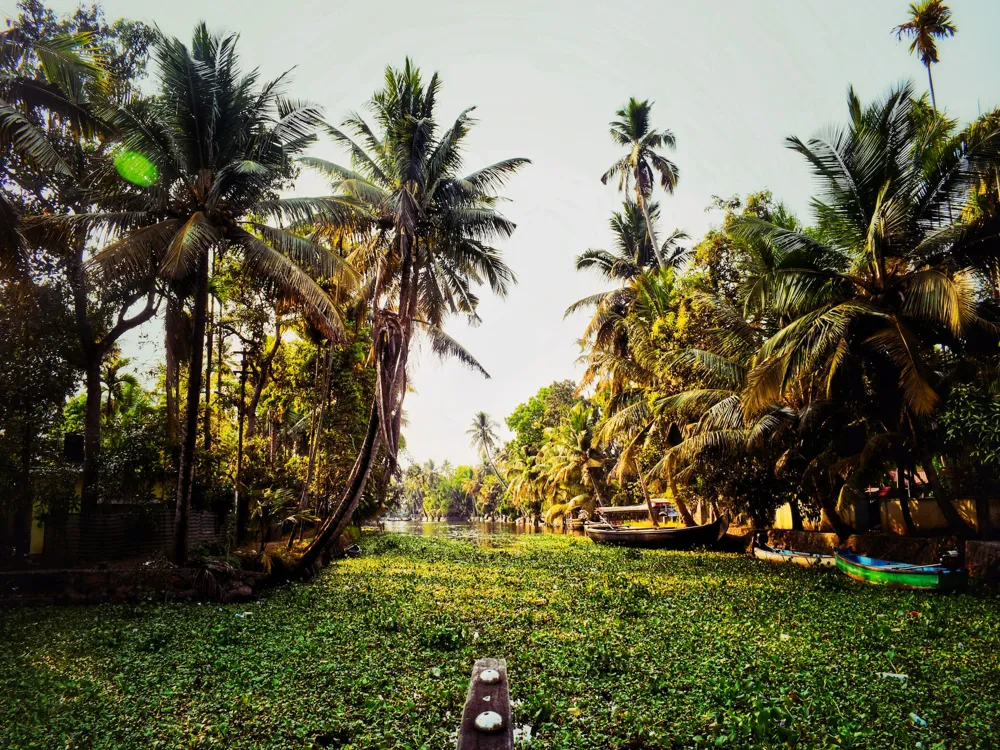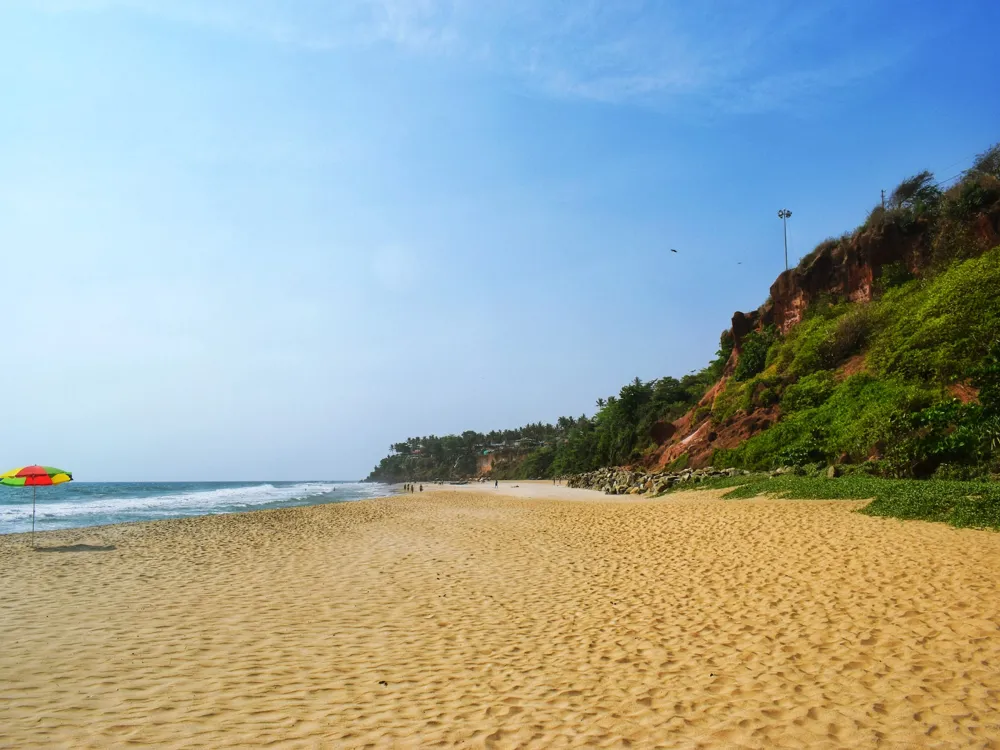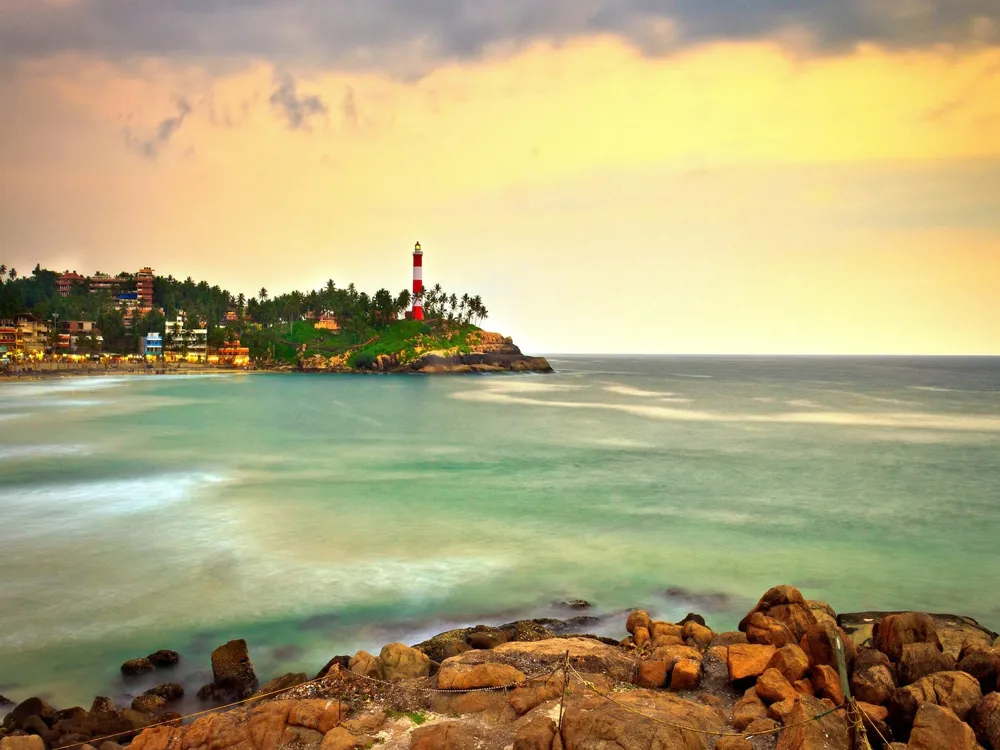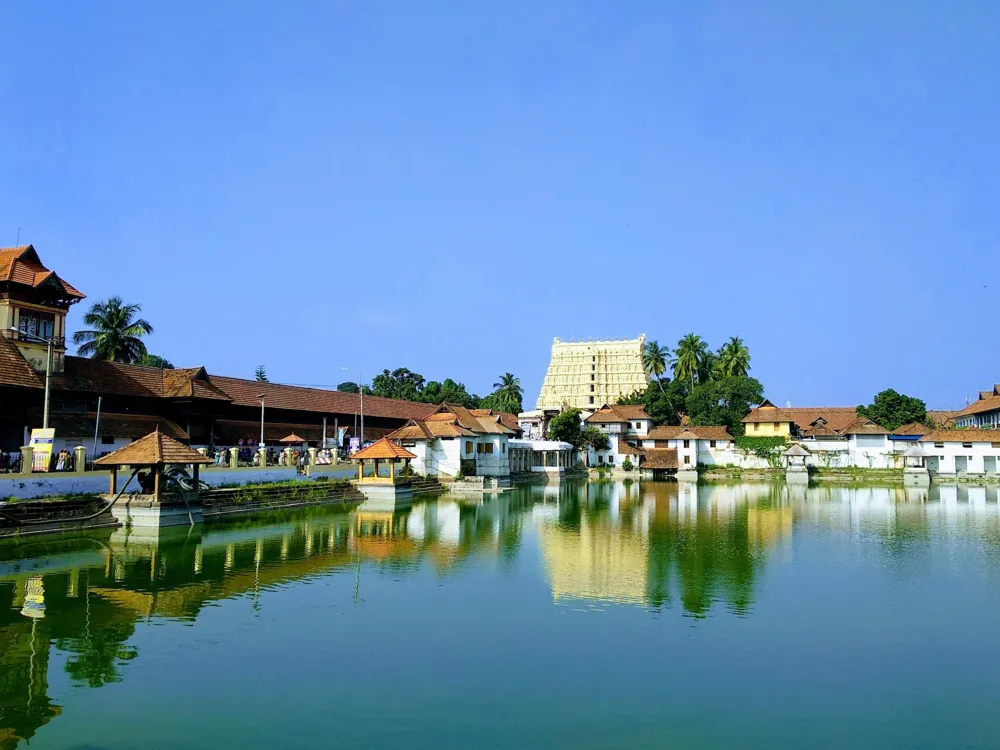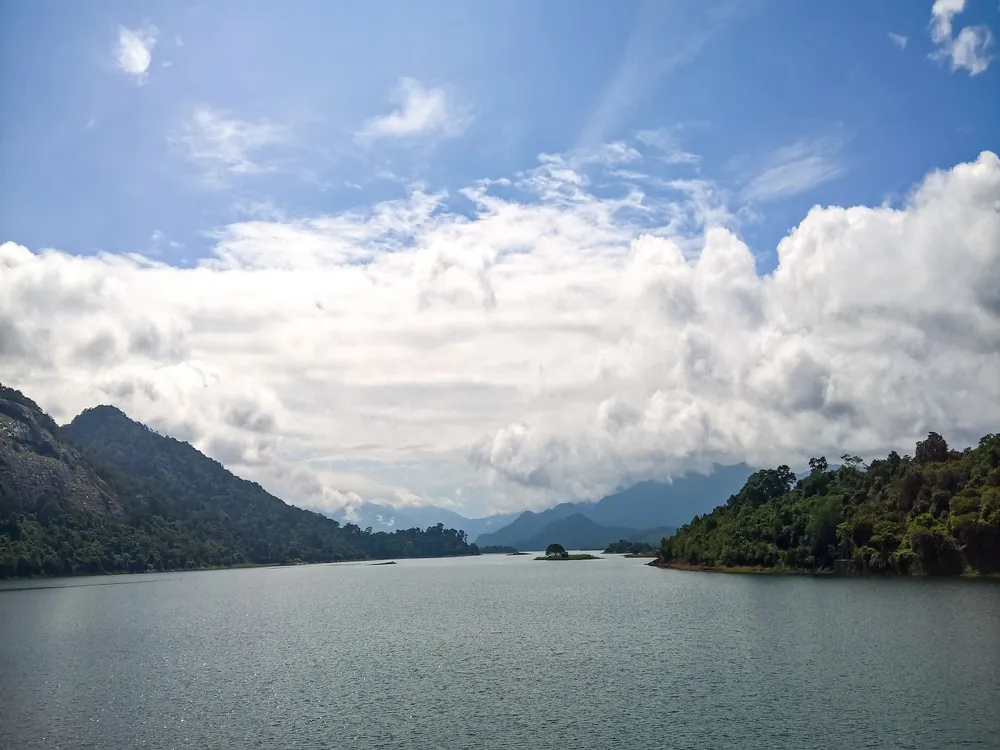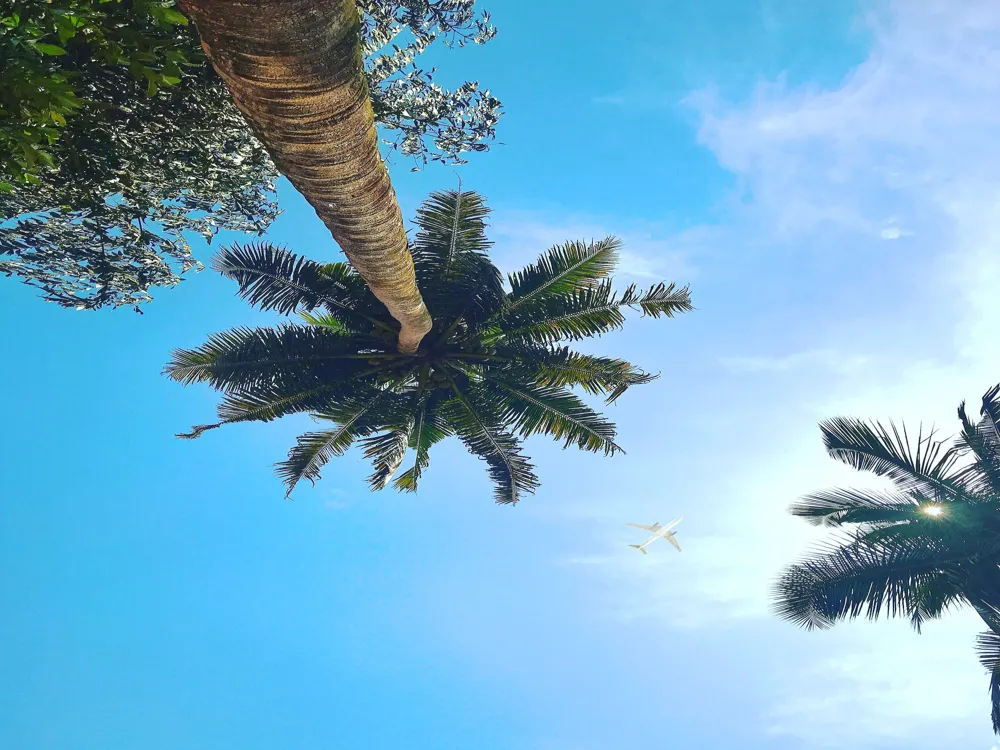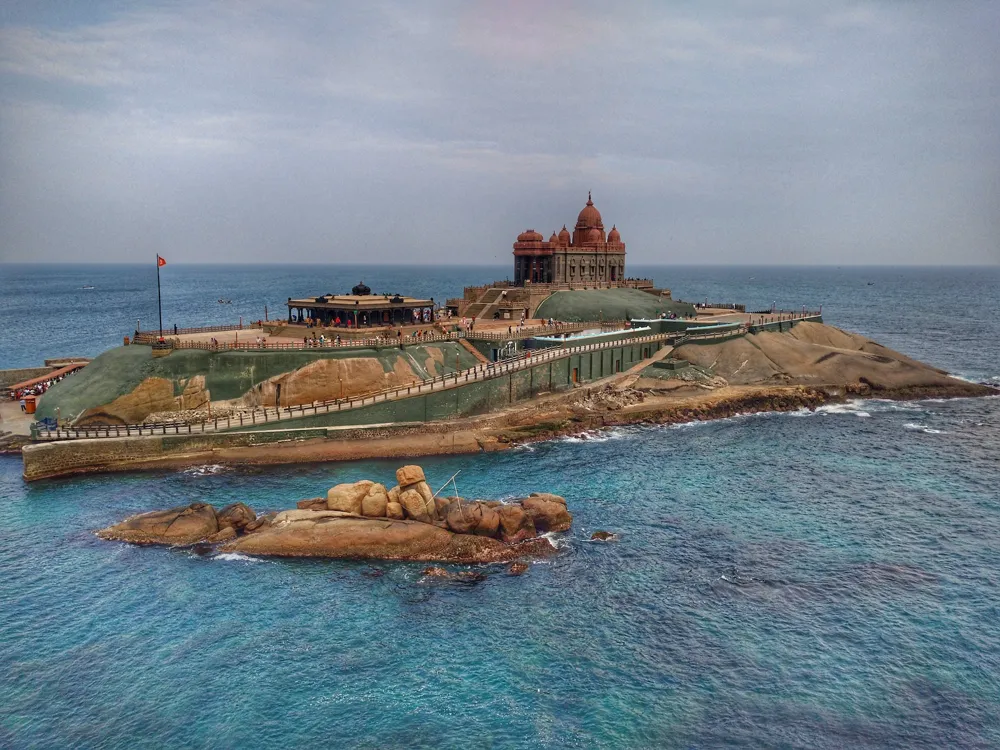Munroe Island, a hidden gem in the backwaters of Kerala, is a stunning cluster of islets located at the confluence of the Ashtamudi Lake and the Kallada River in Kollam district. Named after Colonel John Munro, the British Resident of erstwhile Travancore State, this island is a paradisiacal retreat steeped in natural beauty and tranquility. Munroe Island is renowned for its unique geographical features and lush landscapes, making it a perfect destination for nature lovers and those seeking a peaceful retreat away from the bustle of city life. As you meander through the narrow canals, you're embraced by the lush greenery and the rustic charm of the rural life of Kerala. The island spans around 13.4 square kilometers and is home to a variety of flora and fauna. It's a place where time slows down, allowing visitors to immerse themselves in the serene beauty of nature. The island's captivating beauty is not just limited to its landscapes; it is also a place of rich cultural heritage and traditional Keralan lifestyle, offering a glimpse into the lives of the local communities who have lived in harmony with nature for centuries. Munroe Island holds a special place in the hearts of those who visit, leaving them with memories of its breathtaking sunrise and sunset views over the backwaters, the rhythmic sound of oars hitting the water, and the warm hospitality of its people. This tranquil island is a haven for photographers, nature enthusiasts, and anyone looking to escape into a world of unspoiled natural beauty. The ecosystem of Munroe Island is a complex network of canals, lagoons, and rivers, teeming with aquatic life, making it an ideal spot for canoe rides, bird watching, and fishing. The climate of Munroe Island is typically tropical, marked by hot and humid weather throughout the year. However, the best time to visit this enchanting island is from August to March when the weather is relatively cooler and more pleasant. During this period, the island's greenery is at its peak, and the backwaters are calm and inviting. The monsoon season, from June to August, transforms the island into a lush green paradise, offering a different but equally enchanting experience. Munroe Island's charm lies in its simplicity and the untouched beauty of its landscapes. It's a place where you can unwind and reconnect with nature, away from the distractions of modern life. The island's tranquil environment, combined with its scenic beauty, makes it an idyllic destination for a rejuvenating getaway. The architecture of Munroe Island is a fascinating blend of traditional Keralan styles and influences from various periods of history. The island's buildings and structures are characterized by their harmony with the natural surroundings, reflecting the traditional lifestyle of the local inhabitants. The predominant architectural style on Munroe Island is the typical Kerala-style houses, known for their distinctive features such as sloping tiled roofs, wooden construction, and spacious verandas. These traditional homes, often set amidst lush greenery and along the waterways, are designed to withstand the tropical climate of Kerala. The sloping roofs are made to handle the heavy monsoons, while the large windows and verandas ensure proper ventilation and cooling during the hot summers. Many of these houses are built using locally sourced materials such as wood, laterite stones, and clay tiles, which not only adds to their aesthetic appeal but also ensures sustainability. Another significant architectural feature of Munroe Island is the presence of ancient temples and churches, some of which date back several centuries. These religious structures showcase intricate wood carvings, mural paintings, and stone work, reflecting the rich cultural and artistic heritage of Kerala. The temples, in particular, are known for their unique architectural style, with gabled roofs, wooden walls, and intricately carved pillars. In addition to the traditional houses and religious buildings, Munroe Island also has several examples of colonial architecture, a legacy of its historical connections with the Dutch and the British. These structures, although few, stand out with their European-style designs, large courtyards, and high ceilings. The blend of these colonial elements with traditional Kerala architecture creates a unique and diverse architectural landscape on the island. The architecture of Munroe Island is not just about the buildings; it's also about the layout of the settlements and the integration of the waterways into daily life. The houses and villages are strategically positioned along the canals and water bodies, which serve as the primary mode of transportation and a source of livelihood for many inhabitants. This close relationship with water is a defining aspect of the island's architecture and lifestyle. Read More:Overview of Munroe Island, Kollam
Architecture of Munroe Island
Munroe Island
Kollam
Kerala
₹ 20,300 onwards
View kollam Packages
Weather :
Tags : Island
Time Required : 2-3 hours
Planning a Trip? Ask Your Question
Kollam Travel Packages
View All Packages For Kollam
Top Hotel Collections for Kollam

Private Pool

Luxury Hotels

5-Star Hotels

Pet Friendly
Top Hotels Near Kollam
Other Top Ranking Places In Kollam
View All Places To Visit In kollam
View kollam Packages
Weather :
Tags : Island
Time Required : 2-3 hours
Planning a Trip? Ask Your Question
Kollam Travel Packages
View All Packages For Kollam
Top Hotel Collections for Kollam

Private Pool

Luxury Hotels

5-Star Hotels

Pet Friendly







